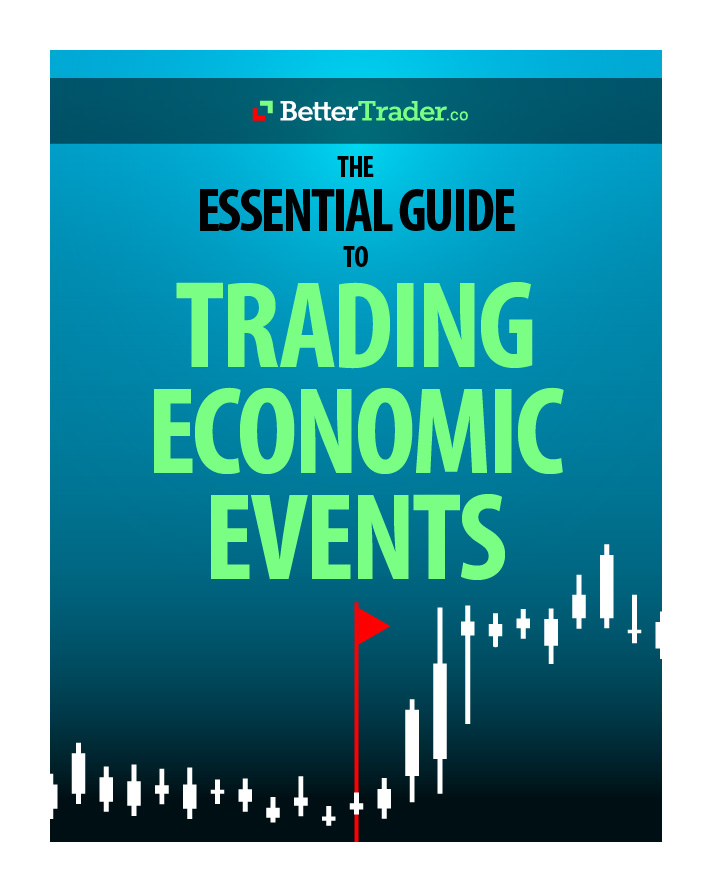Intraday trading involves buying and selling securities in the same day. This can be risky for all traders, experienced or inexperienced, but with several tips and strategies you can greatly minimize this risk. I’ll discuss two specific strategies and end with general tips for intraday trading.
Strategy 1: Momentum
Relative Strength Index – RSI(2) Momentum Strategy
RSI is a “momentum oscillator” that measures and indicates the relative strength in securities by analyzing the speed at which they are being overbought or oversold. Its statistics compute a value for a given security, usually ranging from 0-100, and is most frequently used on a two-week timeframe.
Successful author and trader Larry Connors popularized a strategy that uses RSI over two periods. Connors gives 4 steps to use RSI(2) in order to gain an edge in your trading:
- Look for the long-term trends in the securities you are looking at by referencing the 200-day Simple Moving Average (SMA). SMA values indicate long-term trends that are key for traders to know before jumping into intraday trading:
- When prices are trading above the 200 SMA, this indicates a long-term uptrend and you should trade taking a long position
- When prices are trading below the 200 SMA, this indicates a long-term downtrend and you should trade from the short side
- Wait for RSI signal to indicate if the security is being oversold or overbought for the two period RSI. If the RSI value dips below 5-10, Connors recommends looking for buying opportunities, and looking for selling opportunities if the value is showing above 90 or 95.
- Connors suggests this because the more overbought or oversold the security is in the short-term, the higher the subsequent returns will be by buying or selling appropriately
- In regards to timing, Connors suggests to take your position just before closing, a position that should be within the SMA range indicated in steps 1 and 2
- Exiting the trade is the final and important step to this strategy. Connors recommends exiting long trades that are advancing over five-period SMA, and closing out short trades that are declining below the 5 SMA.

Strategy 2: Breakout
Open Range Breakout Trade Strategy
Open Range Breakout (ORB) is a strategy that involves making trading decisions based on a security’s opening range performance. A security’s opening range is the range it creates in the first 10-30 minutes of trading in that day. Some traders or analysts may use a slightly different range of time, but this is a generally accepted time frame.
A few key points of this strategy:
- Buy when stock moves above the opening range high
- Sell when stock moves below opening range low
- Initial Stop Loss: low of the opening range when BUYING
- High of opening range when SELLING
- Initial Stop Loss: low of the opening range when BUYING
- Conditions that will give high probability of success
- OR breakout is above previous day’s high for buy
- OR breakout is below previous day’s low for sell
- Overall, the market is moving in the direction of the trade

General Tips
- Intraday trading is more risky and fast-paced, leading to emotional responses; try to enter your trade having less risk but more rewards by planning ahead and staying calm
- Compile your own research and select good, volatile stock that is liquid and traded in high volume every day
- Set a reasonable stop loss to lower the impact of a “bad” trade
- Patience will reward you
- Be conscious, not compulsive or impulsive
Understanding and adhering to these strategies and guidelines will inevitably minimize the risk of taking part in intraday trading. Good luck!

















